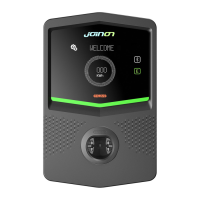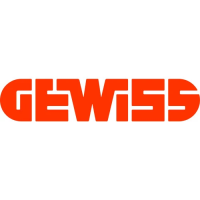Electric vehicle charging unit JOINON WALLBOX I-CON DLM
34
CONTENTS
1. INFORMATION ABOUT THIS MANUAL 36
1.1. Field of application 36
1.2. Intended users 36
1.3. Symbols 36
2. REGULATORY ASPECTS 37
2.1 Fulfilment of regulations 37
2.2. Degree of protection 37
2.3. Degree of pollution 37
2.4. Current socket-outlets 37
3. SAFETY 38
3.1. Safety conditions 38
3.2. Personal protective equipment (PPE) 39
4. DEVICE DELIVERY AND STORAGE 40
4.1. Standard configuration 40
4.2. Delivery 40
4.3. Device identification 40
4.4. Damage during transport 40
4.5. Storage 40
5. DEVICE HANDLING 41
5.1. Transport 41
5.2. Packaging removal 41
6. PREPARATION FOR DEVICE INSTALLATION 42
6.1. Environment 42
6.2. Environmental conditions 42
6.3. Support and fastening surface 42
6.4. Opening the casing 43
6.5. Closing the casing 44
6.6. Requirements for the use of the dynamic management functionality of the charging power 45
7. DEVICE INSTALLATION AND CONNECTION 45
7.1. General installation requirements 45
7.2. JOINON WALLBOX I-CON DLM 46
7.2.1. Device installation 46
7.2.2. Connection of the device power supply 51
7.2.3. Installation and configuration of the energy meter 53
7.2.4. Connection of the RS485 data line 54
7.2.5. Clean contact connection 55



